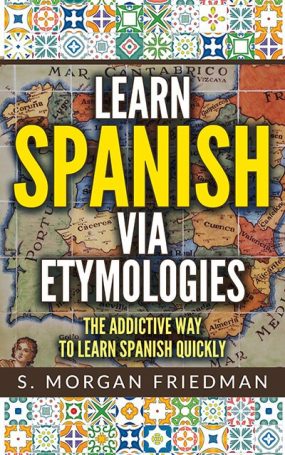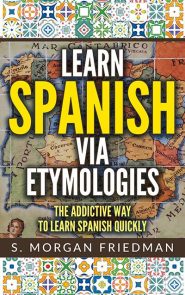Fervor is really just an intense passion heating up. Thus we shouldn’t be surprised that it comes from the Latin root fervere (“to boil”), from which we get the Spanish for the same (“to boil”), hervir.
The seemingly unrelated words are connected through the common transformation of Latin words beginning with an f- into an h- in Spanish, such as fig and higo, and fable and hablar.
Thus, the f-r-v of fervor maps to the h-r-v of hervir.


